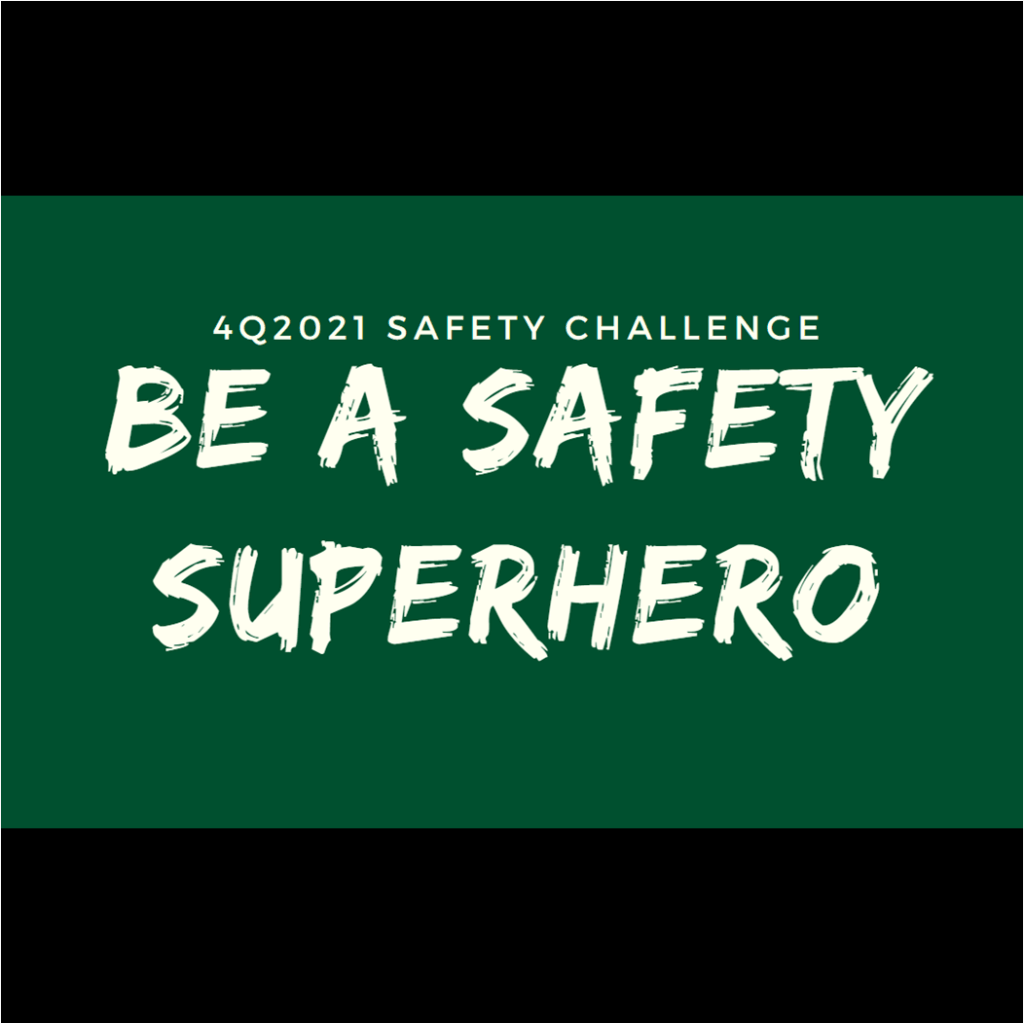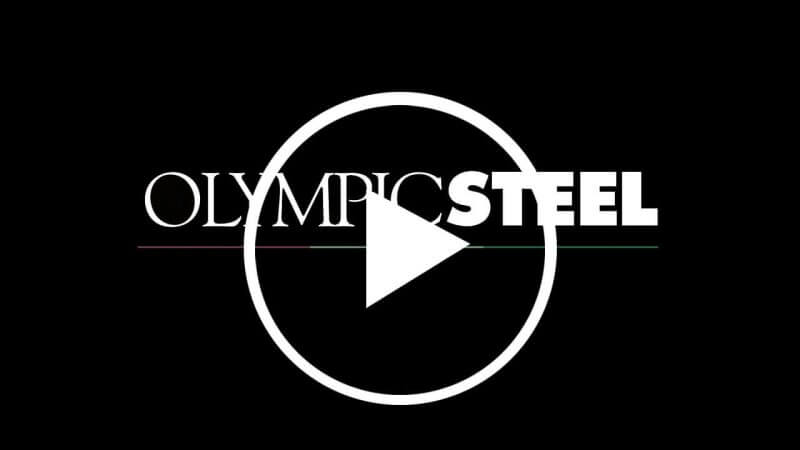
Be a Safety Superhero. Cape Optional.
Submit a poka yoke to earn a chance of winning one of two $500 gift cards!
During the fourth quarter of 2020, our Safety Teams took the lead as divisions enthusiastically participated in reporting near misses and identifying poka yokes!
This year, we’re expanding the poka yoke challenge to ALL employees and asking every employee (not just our Safety Team Members) to look for, report and offer solutions to potential hazards.
How to Participate
Put your Safety improvement and risk reduction effort (aka poka yoke) into action by implementing the solution to a potential hazard. If you’ve already completed a poka yoke this year, it will automatically be entered into the contest! All poka yokes completed between January 1 and November 12, 2021 are eligible!
Use the Poka Yoke Submission Form and return the completed form (with pictures) to your local Safety Representative by Friday, November 12 for processing.
A winner (or winning team) will be selected for two categories:
- Most Impactful Poka Yoke
- Most Innovative Poka Yoke
Need Some Inspiration?
If you’re still not sure what we’re talking about, here are two great examples of what we’re looking for. These two poka yokes were submitted in 2020 (so they’re not eligible for this contest).
- Most Impactful Poka Yoke example:
- Integrity Stainless, Streetsboro, OH – When slitting material, coils can oscillate, causing uneven side wall of the coil. The team uses boards to protect the side wall and to prevent oscillation while running down the conveyor from the lay down table. An employee had to bypass a safety device to put the boards in place. After a careful review of the process, the team built a jig that removed the employee from the danger zone while still allowing for the placement of the boards.
- Most Innovative Poka Yoke example:
- Olympic Steel, Bettendorf, IA – Stacks of material were not uniform. This caused the stacks to bow and lean. The team created a template for board placement that consistently supported material, eliminating the bowed material and leaning stacks. The Risk Priority Number (RPN) Score reduced from 36 to 8. RPN is a numeric assessment of risk assigned to a process, or steps in a process, as part of Failure Modes and Effects Analysis. The RPN is used to sort risks from highest to lowest. (Pro Tip: Your local Safety Team members can help you understand and calculate RPN.)
Before you get started, click the linked image below to recall the 2Q Safety Challenge when 100% of employees at 24 divisions made a personal commitment to Safety and shared what motivates them to put Safety First – Always.
Questions?
For questions about this challenge, poka yokes and how to implement process improvement ideas, please reach out to your local Safety Representative or Tony Dominic, Director – Safety, Health and Environment, at Tony.Dominic@olysteel.com.
Safety First. Always. And, it starts with me.

